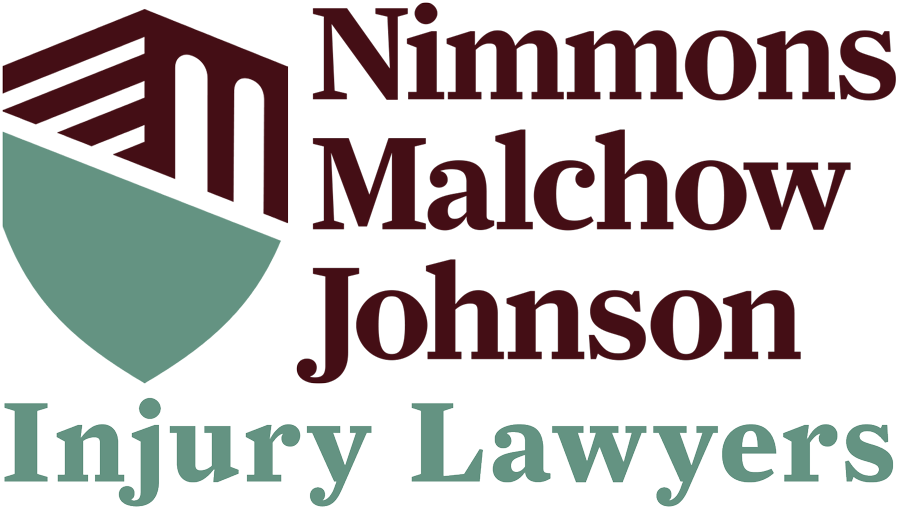Burn injuries are among the most common types of injuries, affecting millions of people each year. They can range from minor inconveniences to life-threatening emergencies. Understanding the differences between first-degree, second-degree, and third-degree burns is crucial not only for proper treatment but also for recognizing the severity of the injury and taking appropriate actions. This knowledge can be vital in minimizing the damage and ensuring a more effective healing process.







First-Degree Burns
First-degree burns are the mildest form of burns, affecting only the outermost layer of the skin, known as the epidermis. These burns are often the result of brief contact with hot objects, sunburn, or minor scalds from hot liquids. The hallmark of a first-degree burn is the redness of the skin, which is accompanied by pain and minor swelling. The affected area may also be slightly warm to the touch.
One of the defining characteristics of first-degree burns is that they do not cause blisters. The skin remains intact, and the damage is relatively superficial. Healing from a first-degree burn typically takes a few days to a week, during which the skin may peel as it repairs itself. Over-the-counter pain relievers, cool compresses, and moisturizing lotions are usually sufficient to manage the symptoms and promote healing.
While first-degree burns are generally considered minor, they can still cause significant discomfort. It is important to protect the affected area from further exposure to heat or sunlight to prevent the burn from worsening. In most cases, medical attention is not necessary, but if the burn covers a large area of the body or affects sensitive regions such as the face or joints, it may be wise to consult a healthcare professional.
Second-Degree Burns
Second-degree burns are more serious than first-degree burns and extend beyond the epidermis into the deeper layer of skin called the dermis. These burns can result from longer exposure to heat, flames, hot liquids, chemicals, or severe sunburn. The key indicators of a second-degree burn include intense redness, swelling, and the formation of blisters. The blisters may break open, leading to a wet or weeping appearance as fluid is released from the damaged tissue.
Pain is a significant component of second-degree burns, often more severe than that experienced with first-degree burns. The risk of infection is also higher because the protective barrier of the skin is compromised. Proper care and hygiene are essential to prevent complications. This typically involves cleaning the burn gently, applying antibiotic ointments, and covering the area with sterile bandages. In some cases, prescription pain medication and more advanced wound care may be necessary.
Healing from a second-degree burn can take several weeks, depending on the severity and extent of the damage. During this time, it is crucial to monitor the burn for signs of infection, such as increased redness, pus, or fever. Scarring is a potential outcome, particularly if the burn is deep or not properly cared for. Early intervention and appropriate treatment can significantly reduce the risk of lasting damage and improve the overall outcome.
Third-Degree Burns
Third-degree burns are the most severe form of burn injuries, penetrating all layers of the skin and potentially affecting underlying tissues such as muscles, tendons, and bones. These burns often result from prolonged exposure to flames, scalding liquids, electrical sources, or highly corrosive chemicals. The appearance of a third-degree burn can be quite different from first- and second-degree burns. The affected area may look white, charred, or leathery, and the skin may be numb due to the destruction of nerve endings.
One of the most concerning aspects of third-degree burns is the extensive tissue damage they cause. The body’s natural ability to heal is significantly impaired, making medical intervention crucial. Immediate medical attention is necessary for third-degree burns, and treatment often involves hospitalization. The initial focus is on stabilizing the patient, managing pain, preventing infection, and addressing any complications such as dehydration or shock.
Long-term treatment for third-degree burns may include surgeries such as skin grafts, where healthy skin is transplanted to cover the damaged area. Physical therapy and rehabilitation are often required to regain function and mobility, particularly if the burn affects joints or large areas of the body. Psychological support is also important, as severe burns can lead to emotional and mental health challenges.
Recovery from third-degree burns is a prolonged process that can take months or even years. Scarring is almost inevitable, and the extent of recovery depends on various factors, including the location and size of the burn, the patient’s overall health, and the quality of medical care received. Advanced medical treatments and technologies continue to improve outcomes for burn patients, but the journey to recovery is often long and challenging.
Recognizing and Responding to Burn Injuries
Knowing how to recognize the severity of a burn and respond appropriately is critical in minimizing the impact of the injury. For first-degree burns, simple first aid measures such as cooling the burn under running water, applying aloe vera, and taking pain relievers can provide relief and promote healing. Avoiding further exposure to the source of the burn is also important.
Second-degree burns require more careful management to prevent infection and support healing. Cleaning the burn, using antibiotic ointments, and keeping the area covered with sterile bandages are essential steps. In some cases, medical attention may be necessary to address more severe burns or complications. It is important to avoid popping blisters, as this increases the risk of infection.
Third-degree burns necessitate immediate medical intervention. While waiting for emergency services, it is important to ensure the burn victim is in a safe environment and to cover the burn with a clean, dry cloth to protect it from contamination. Do not apply ice or immerse the burn in water, as this can cause further damage. Managing shock by keeping the victim warm and calm until help arrives is also crucial.
Choosing a Personal Injury Attorney How Much Is My Personal Injury Claim Worth?Related Videos
The Importance of Prevention and Education
Preventing burn injuries is always preferable to treating them. Education and awareness are key components of burn prevention. Simple measures such as using sunscreen, being cautious around hot surfaces and open flames, and keeping chemicals and electrical devices out of reach of children can significantly reduce the risk of burns. Installing smoke detectors, having fire extinguishers readily available, and developing a fire escape plan are also important steps in safeguarding against burn injuries.
Workplaces and public spaces should adhere to safety regulations to minimize the risk of burns. This includes proper labeling and storage of hazardous materials, providing protective gear for employees, and conducting regular safety drills. Education programs in schools and communities can raise awareness about the dangers of burns and teach basic first aid measures.
Legal Support for Burn Victims
Despite preventive measures, burn injuries can and do occur, often resulting from accidents or negligence. In such cases, victims may be entitled to legal compensation for their injuries, pain, and suffering. Seeking legal support can help burn victims navigate the complex process of filing claims, negotiating with insurance companies, and securing the compensation they deserve.
At Nimmons Malchow Johnson Injury Lawyers, we understand the profound impact that burn injuries can have on individuals and their families. Our team is dedicated to providing compassionate and comprehensive legal support to burn victims. We work tirelessly so that our clients receive the medical care they need and the compensation they deserve.
Burn injuries are a serious matter that requires prompt and appropriate response. Understanding the differences between first-degree, second-degree, and third-degree burns is essential in managing these injuries effectively. Whether dealing with minor burns at home or seeking emergency medical attention for more severe cases, proper care can make a significant difference in recovery and outcomes.
If you or a loved one has suffered a burn injury due to someone else’s negligence, do not hesitate to seek legal assistance. Contact Nimmons Malchow Johnson Injury Lawyers today for a consultation. Our experienced team is here to support you through every step of the legal process, ensuring that your rights are protected and that you receive the justice and compensation you deserve. Remember, timely legal action can make a crucial difference in your recovery journey. Reach out to us now to learn more about how we can help you in your time of need.




